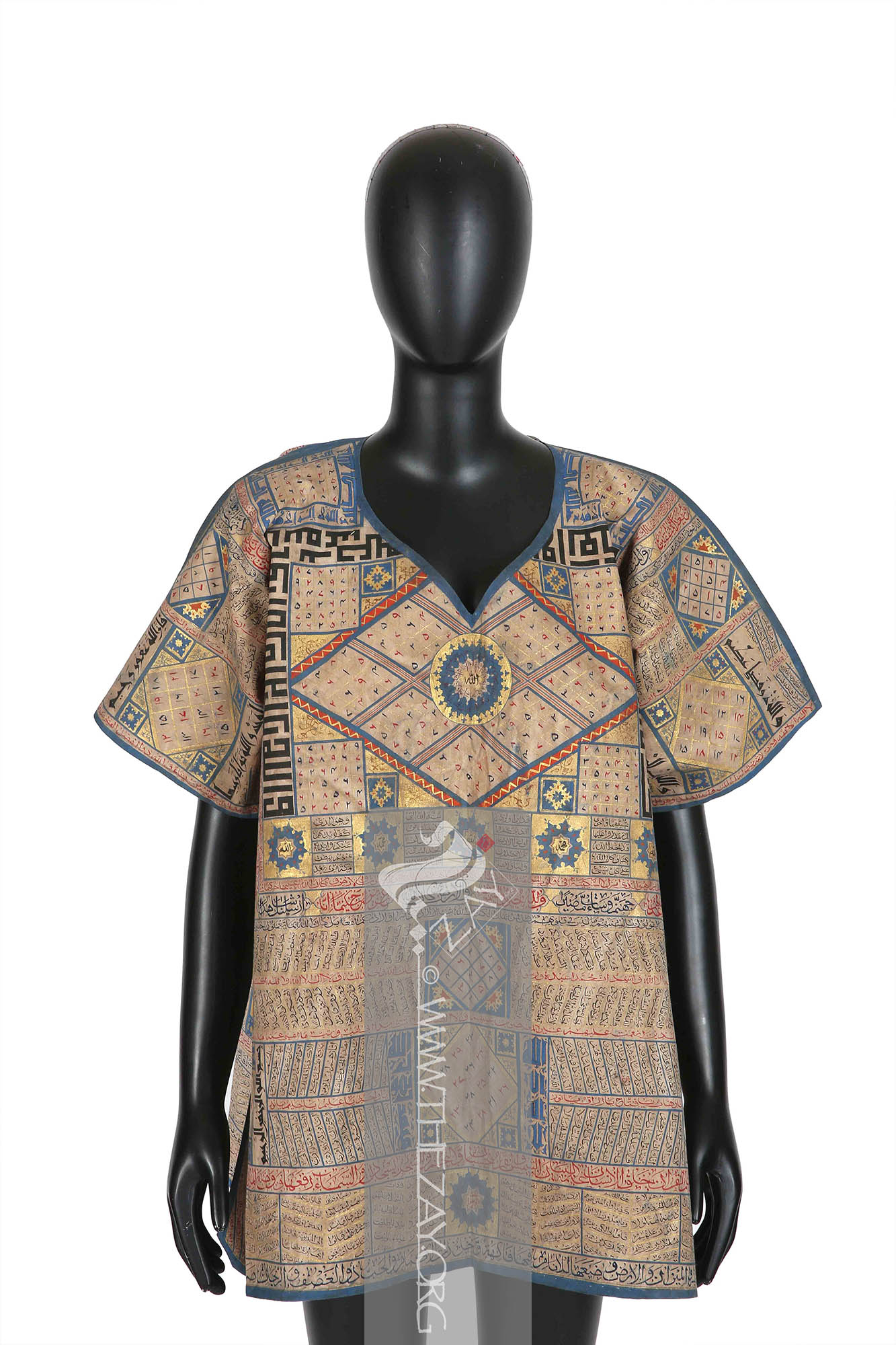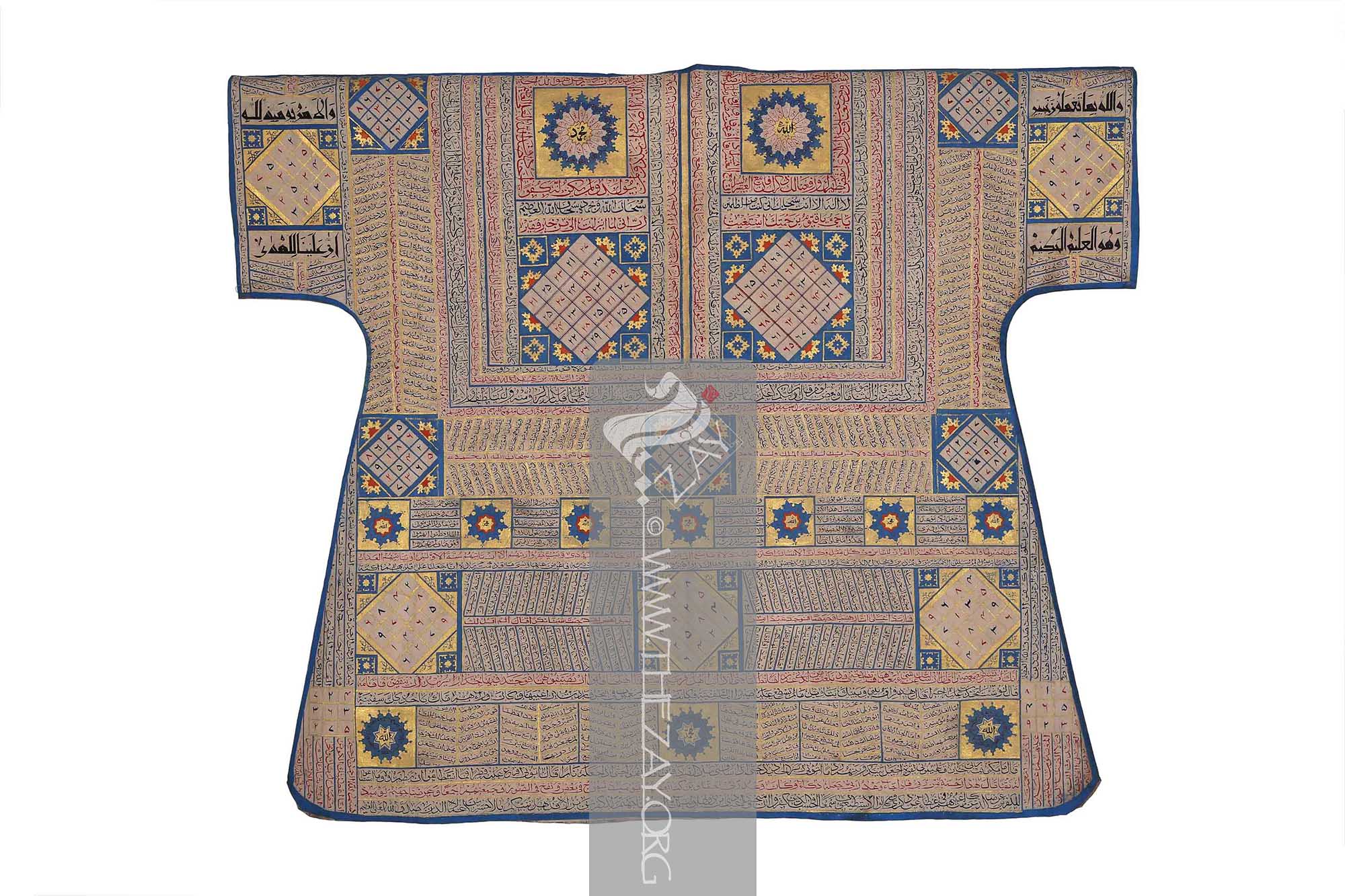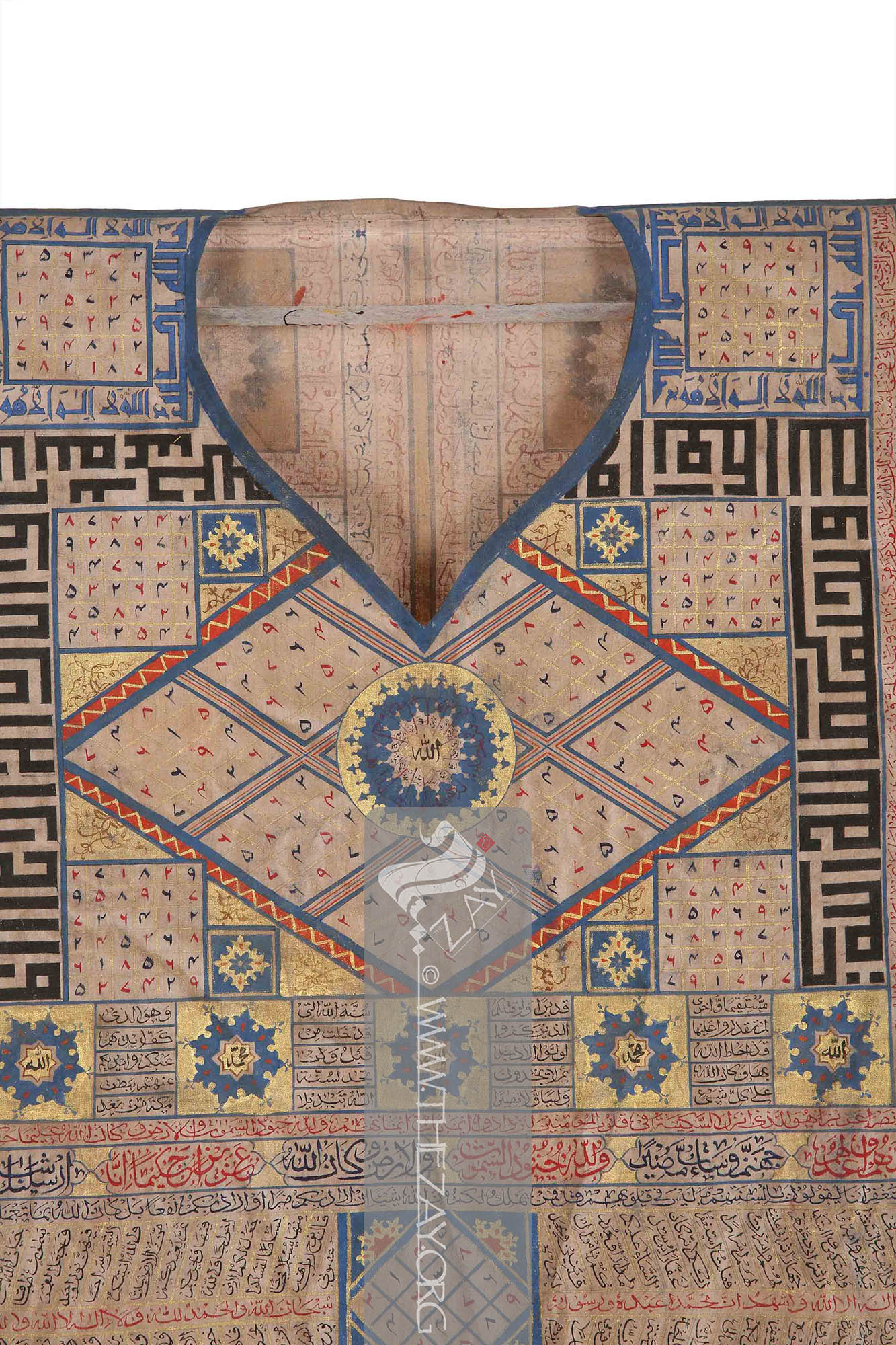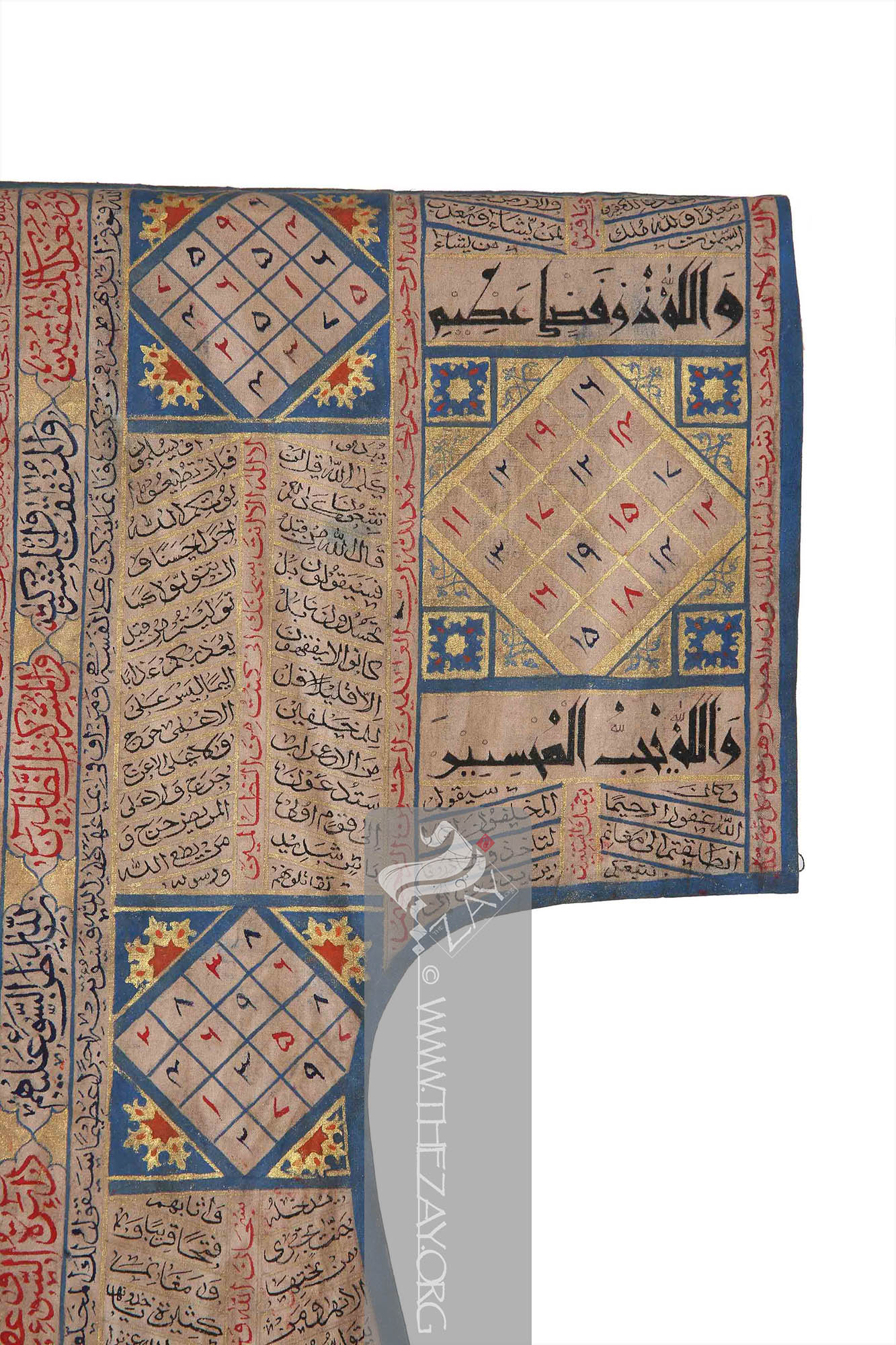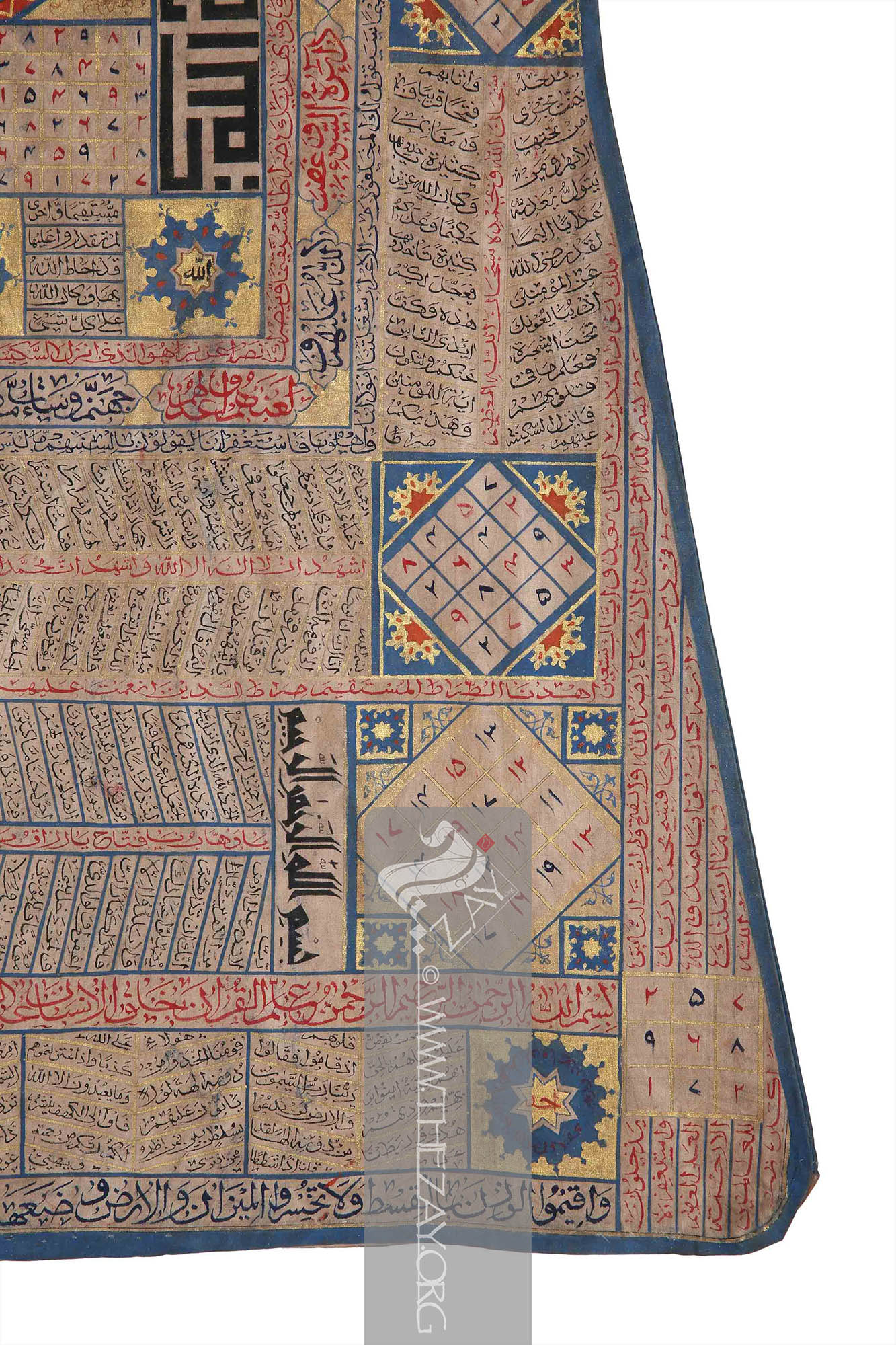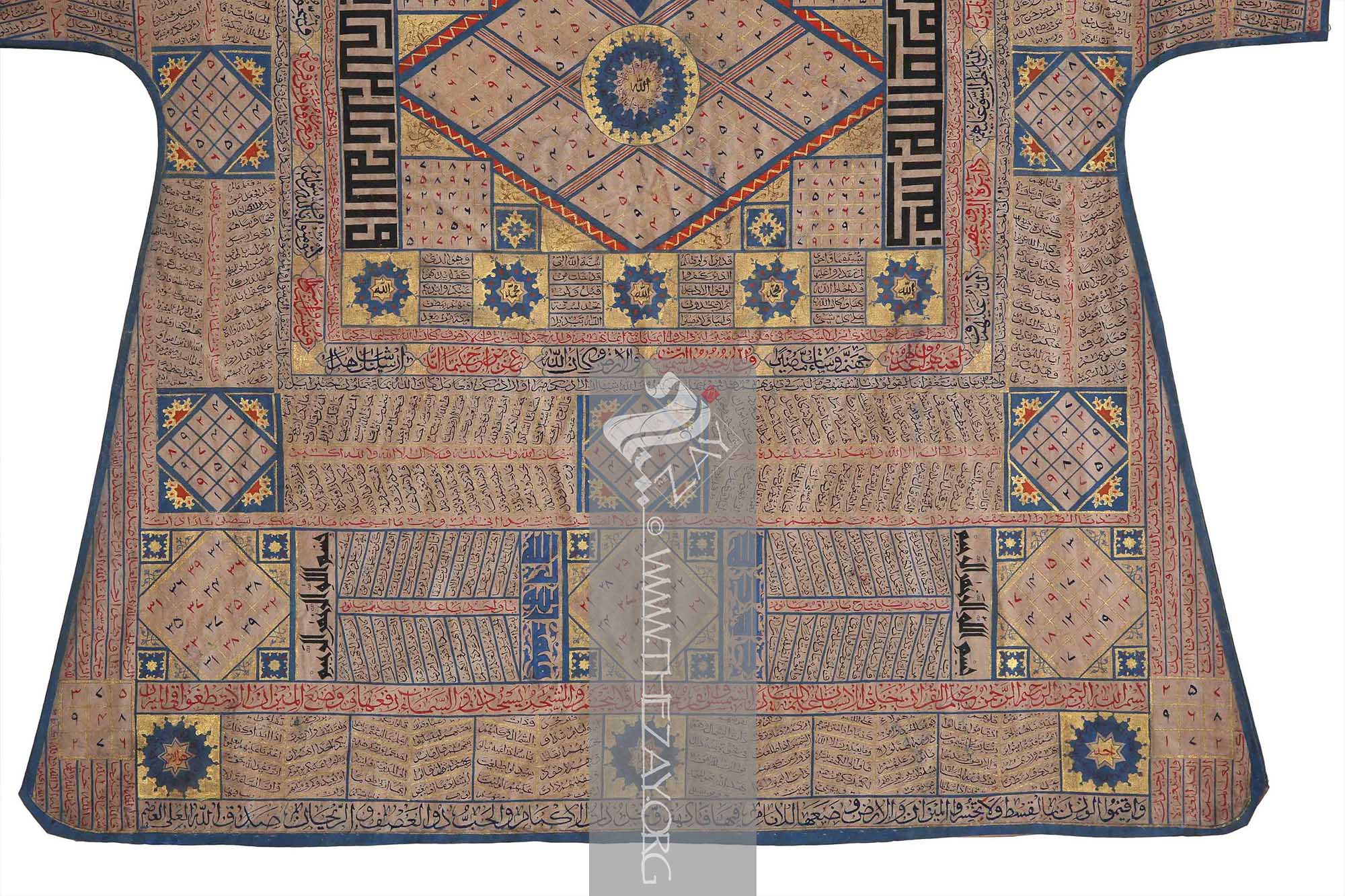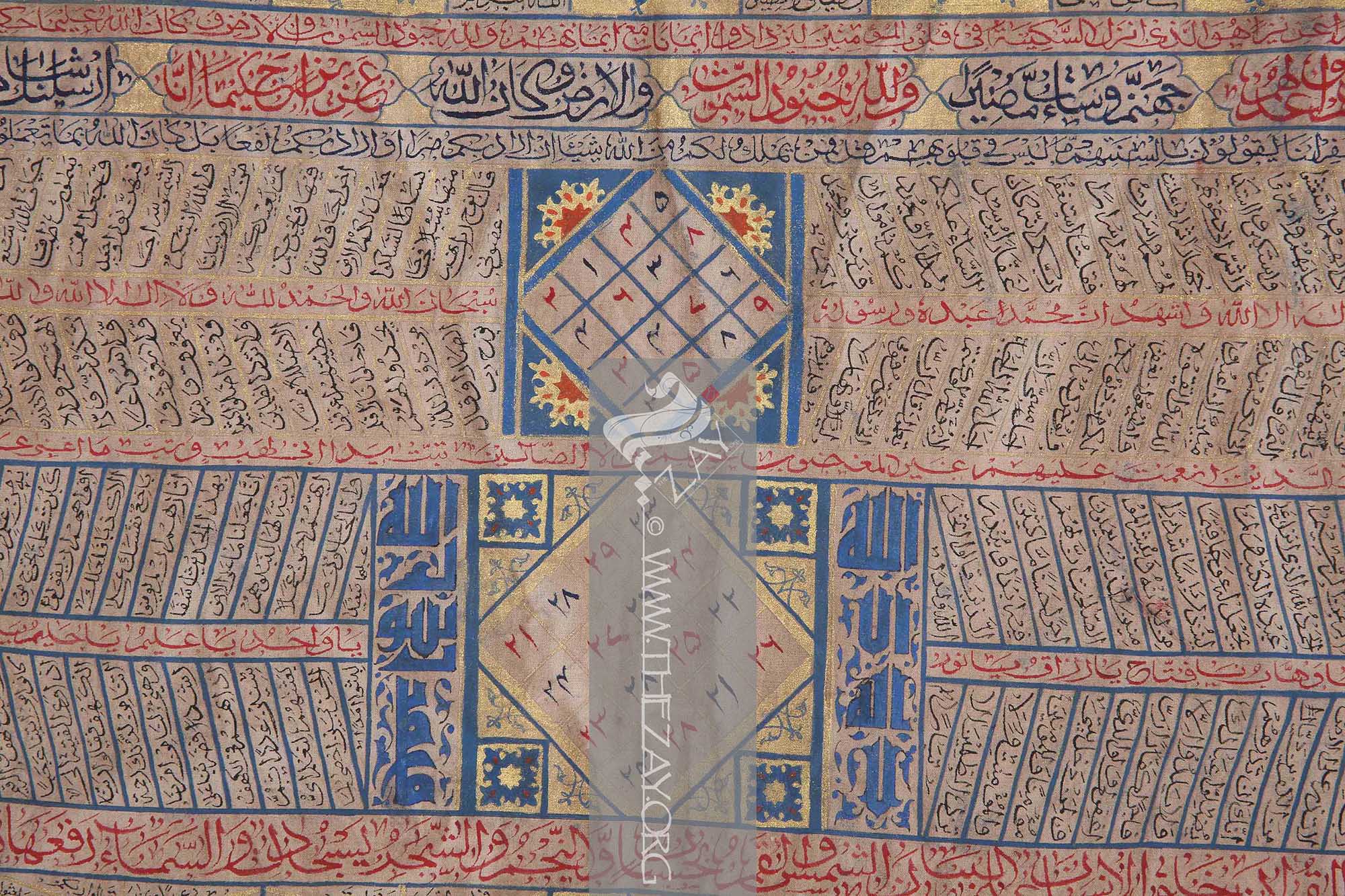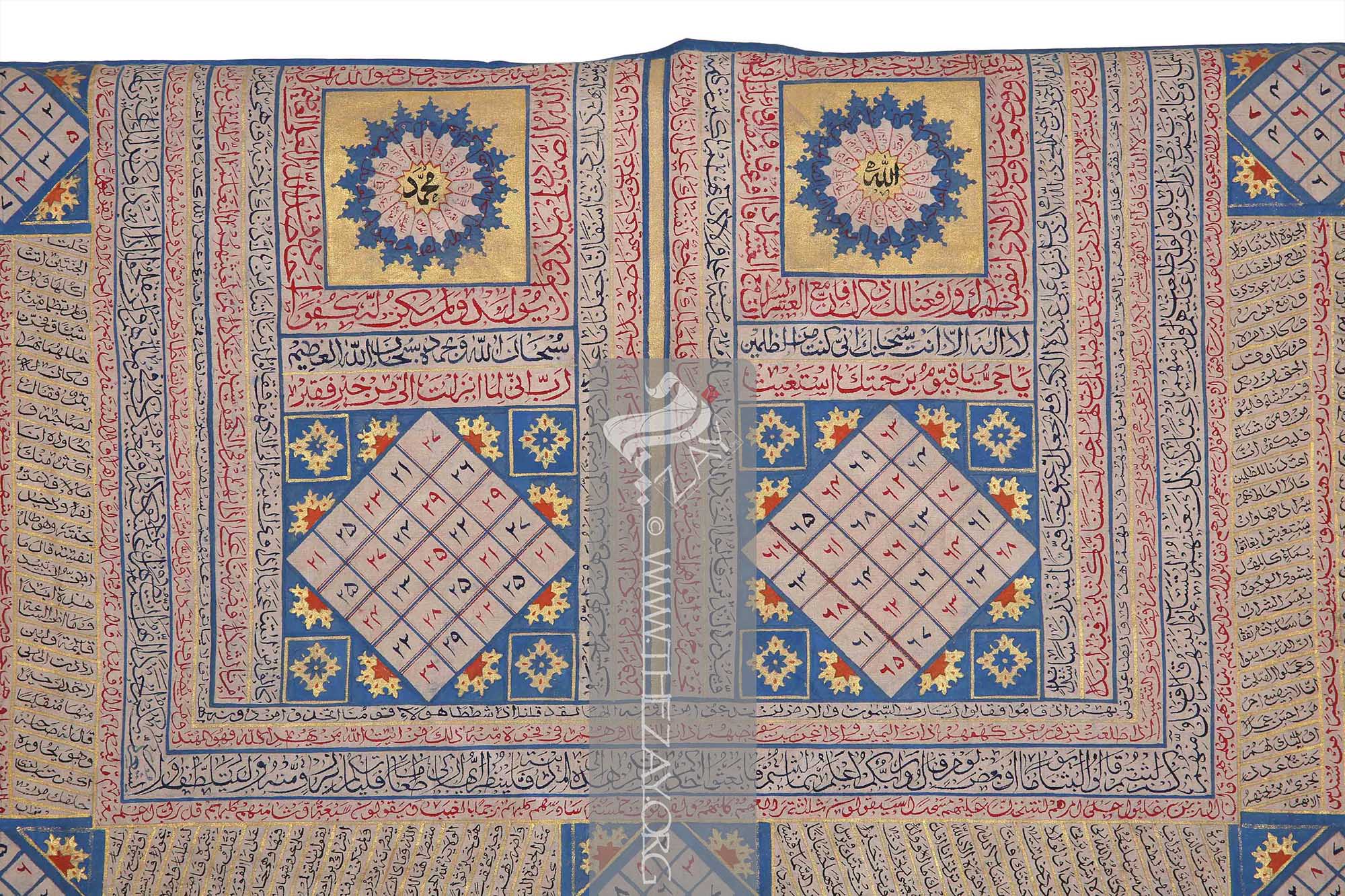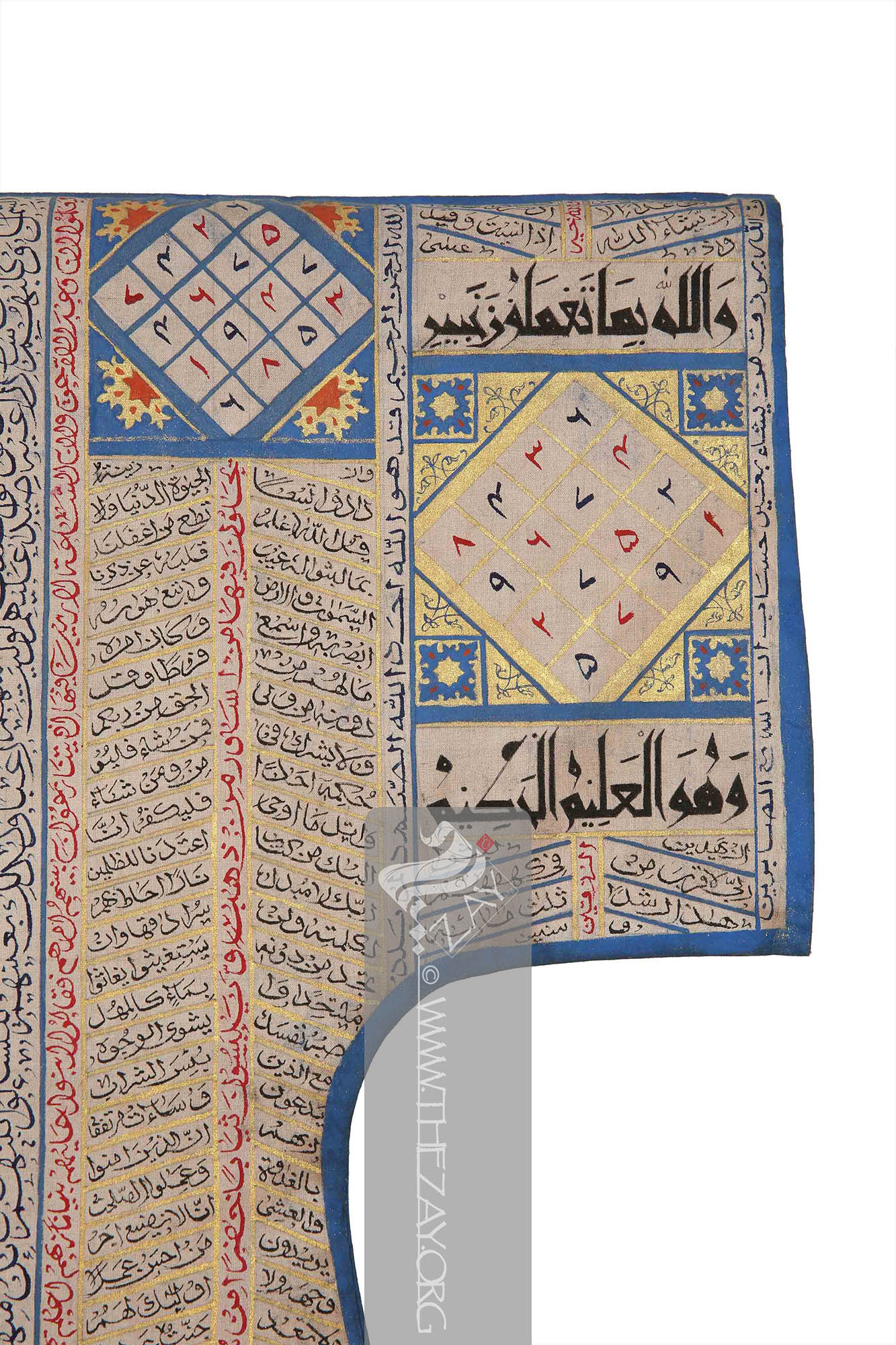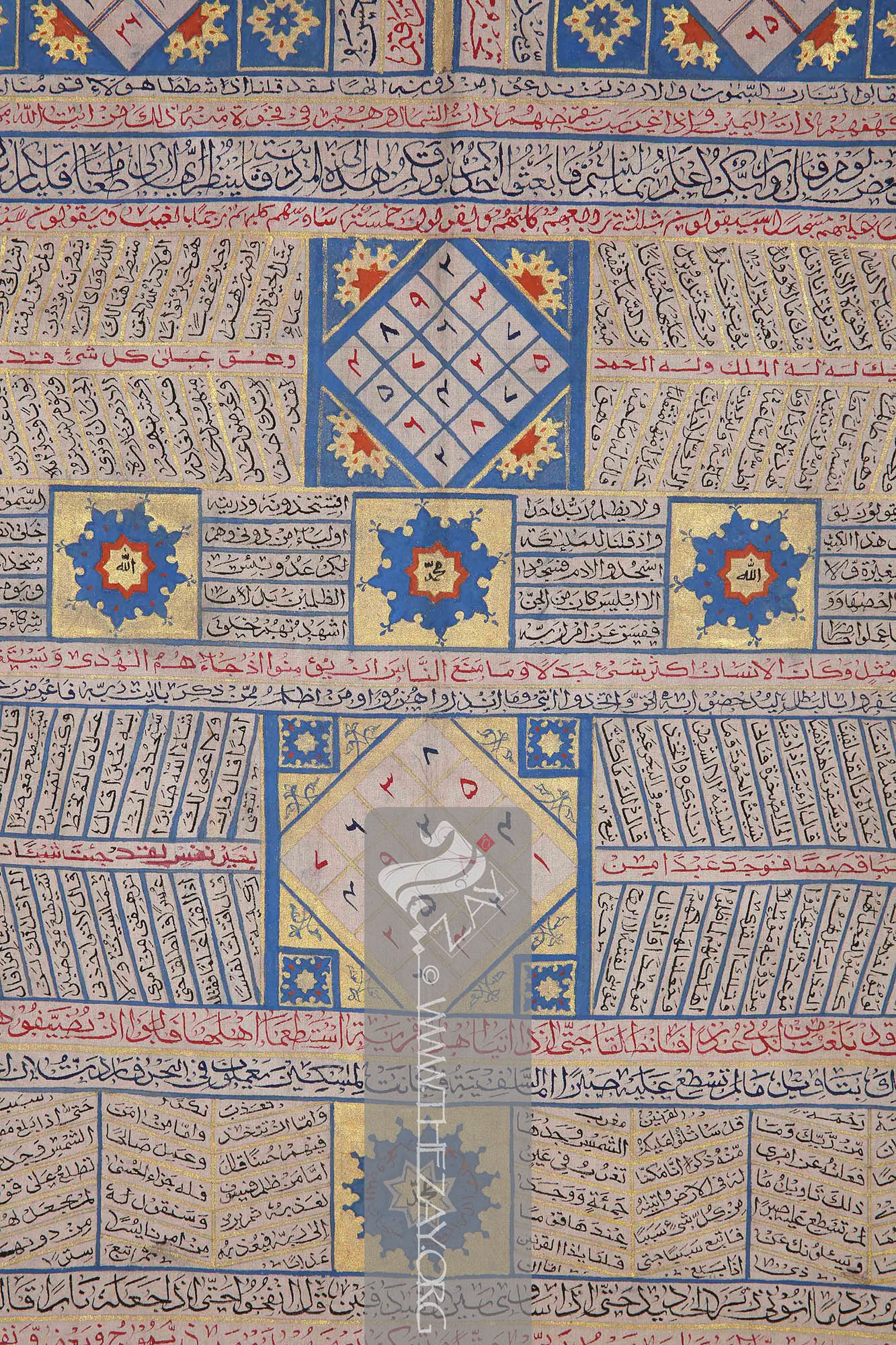Object History This piece of garment was purchased by
Dr. Reem Tariq
Ṭariq: (Arabic; Synonym: tulle_bi_talli
Tūlle_bi_tallī: (French: Tulle – a city in France where fine material for veil was first made; Turkish: tel – wire; Synonym: tariq; talli; badla; khus_dozi ), series of small metal knots made on a woven net ground as embellishment. The term is commonly used in the North African Arab region specifically in Egypt.
; talli; badla; khus_dozi ), series of small metal knots made on a woven net ground as embellishment. The term is commonly used in the Levant Arab region specifically in Lebanon.
El Mutwalli
Dr. Reem Tariq
Ṭariq: (Arabic; Synonym: tulle_bi_talli
Tūlle_bi_tallī: (French: Tulle – a city in France where fine material for veil was first made; Turkish: tel – wire; Synonym: tariq; talli; badla; khus_dozi ), series of small metal knots made on a woven net ground as embellishment. The term is commonly used in the North African Arab region specifically in Egypt.
; talli; badla; khus_dozi ), series of small metal knots made on a woven net ground as embellishment. The term is commonly used in the Levant Arab region specifically in Lebanon.
el Mutwallī: Founder (CEO) of the Zay
Zay: (Arabic: costume, Pl. azyaā’), a set of clothes in a style typical of a particular country or historical period. Initiative, a public figure, speaker and author. An expert curator and consultant in Islamic art and architecture, interior design, historic costume, and UAE heritage. from an independent dealer in London in 2021 to add to and enhance The
Zay
Zay: (Arabic: costume, Pl. azyaā’), a set of clothes in a style typical of a particular country or historical period. Initiative Collection.
Object Features This is a thin cotton Islamic talismanic men’s shirt (
tilsimli_gömlek
Tīlsīmlī_gömlek: (Turkish: tilsimli – Talisman, from Ancient Greek: telesma – religious rite; gömlek – undergarment; Synonym: piarahan_telesmat), undershirt found across the Islamic world embellished with Quranic verses and prayers usually worn by men at battle. These religious verses are believed to serve as amulets and shields for the wearer against any harm. ) covered with handwritten texts on both sides in three different calligraphic scripts – Naksh, Thuluth and Kufic – in a varied assortment of colour.
The field of the
tilsimli_gömlek
Tīlsīmlī_gömlek: (Turkish: tilsimli – Talisman, from Ancient Greek: telesma – religious rite; gömlek – undergarment; Synonym: piarahan_telesmat), undershirt found across the Islamic world embellished with Quranic verses and prayers usually worn by men at battle. These religious verses are believed to serve as amulets and shields for the wearer against any harm. is covered densely with (block_printed) and hand-painted inscriptions featuring verses from the Quran, invocations to God, attributes of God, prayers and other auspicious sacred amulets and symbols.
They are arranged in numerous panels, roundels, and cartouches in a balanced symmetry on both sides. They are written in Naksh, Thuluth and Kufic scripts of different sizes in different, patterns, and colours – black, red, blue, and gold. The gold ink or colour is possibly made of gold dust or foil that is applied to the fabric and possibly set with the help of heat.
The piece has a blue border following the neckline, seamlines and hem. The patterns are mostly printed with the help of stencil while the calligraphy especially the Naksh and Thuluth ones are handcrafted while the Kufic ones are possibly block_printed. The piece is entirely hand-stitched and is heavily starched and ironed.
The belief in the power of talismanic shirts and garments was common throughout the Islamic world as it is rooted in Islamic tradition. The Quran contains many verses believed to have protective and healing properties. These verses are often written on talismans or amulets, which are then worn by the wearer for protection. They are also believed to bring the wearer good luck and prosperity.
Often worn by soldiers at battle underneath their armours as it was believed to offer luck and protection and provide spiritual guidance to the wearer these shirts could be roughly categorized into four large groups – Ottoman, Safavid, Mughal, and West African.
Links
- Al-Saleh, Yasmine. “Amulets and Talismans from the Islamic World: Essay: The Metropolitan Museum of Art: Heilbrunn Timeline of Art History.” The Met’s Heilbrunn Timeline of Art History, 1 Jan. 1AD, www.metmuseum.org/toah/hd/tali/hd_tali.htm.
- Carboni, Stefano. Following the Stars: Images of the Zodiac in Islamic Art. Metropolitan Museum of Art, 1997.
- Fotheringham, Avalon. “A Warrior’s Magic Shirt.” Blog: News, Articles and Stories from the V&A, Victoria and Albert Museum, 17 June 2015, https://www.vam.ac.uk/blog/fabric-of-india/guest-post-a-warriors-magic-shirt.
- https://islamicart.museumwnf.org
- https://www.metmuseum.org/art
- https://islamicart.museumwnf.org




